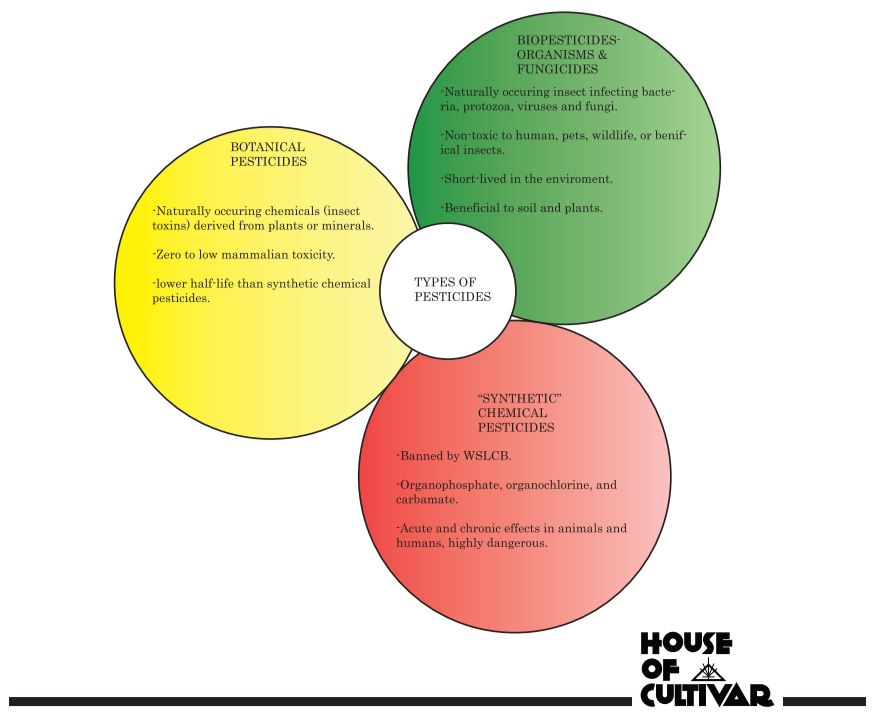Better and safer than synthetic non-organic chemicals, biological pest control is based on utilizing highly specific, naturally-occurring insect-infecting bacteria, protozoa, viruses, and fungi. These products are very effective against their target insects but are non-toxic to humans, pets, wildlife, and beneficial insects. Biopesticides are also short-lived in the environment and are less likely to result in insect resistance than synthetic chemicals. In addition to fighting disease and pests, these organisms benefit your soil and plants by decomposing organic matter releasing nutrients for absorption and helping improve the tilth of the soil. We use an array of Biopesticides.
All of the products HOC uses are OMRI-listed insecticides, formulated and registered for use in certified organic production facilities. The OMRI seal ensures compliance with organic standards set by
the National Organic Program (NOP), a regulatory body within the USDA.





